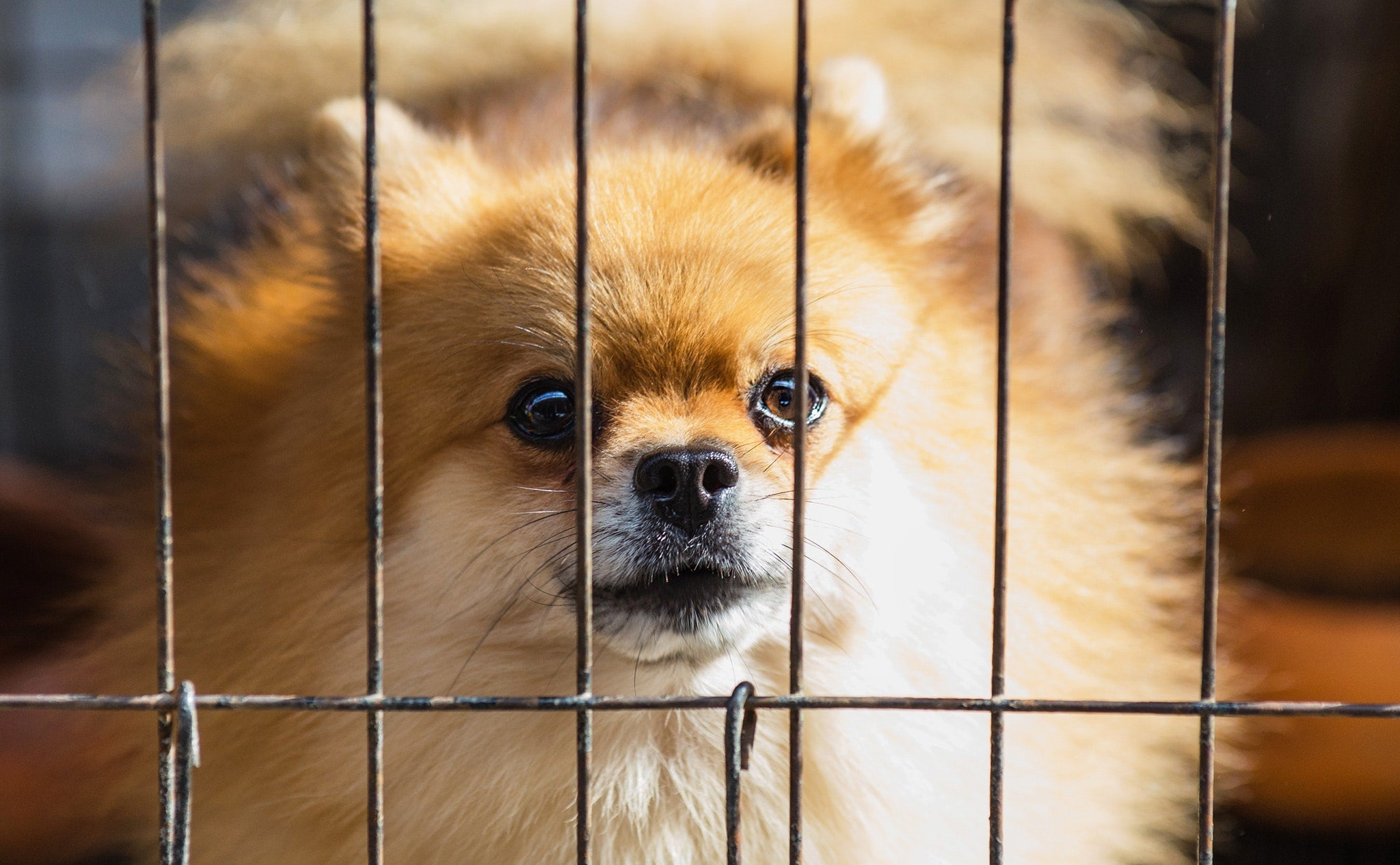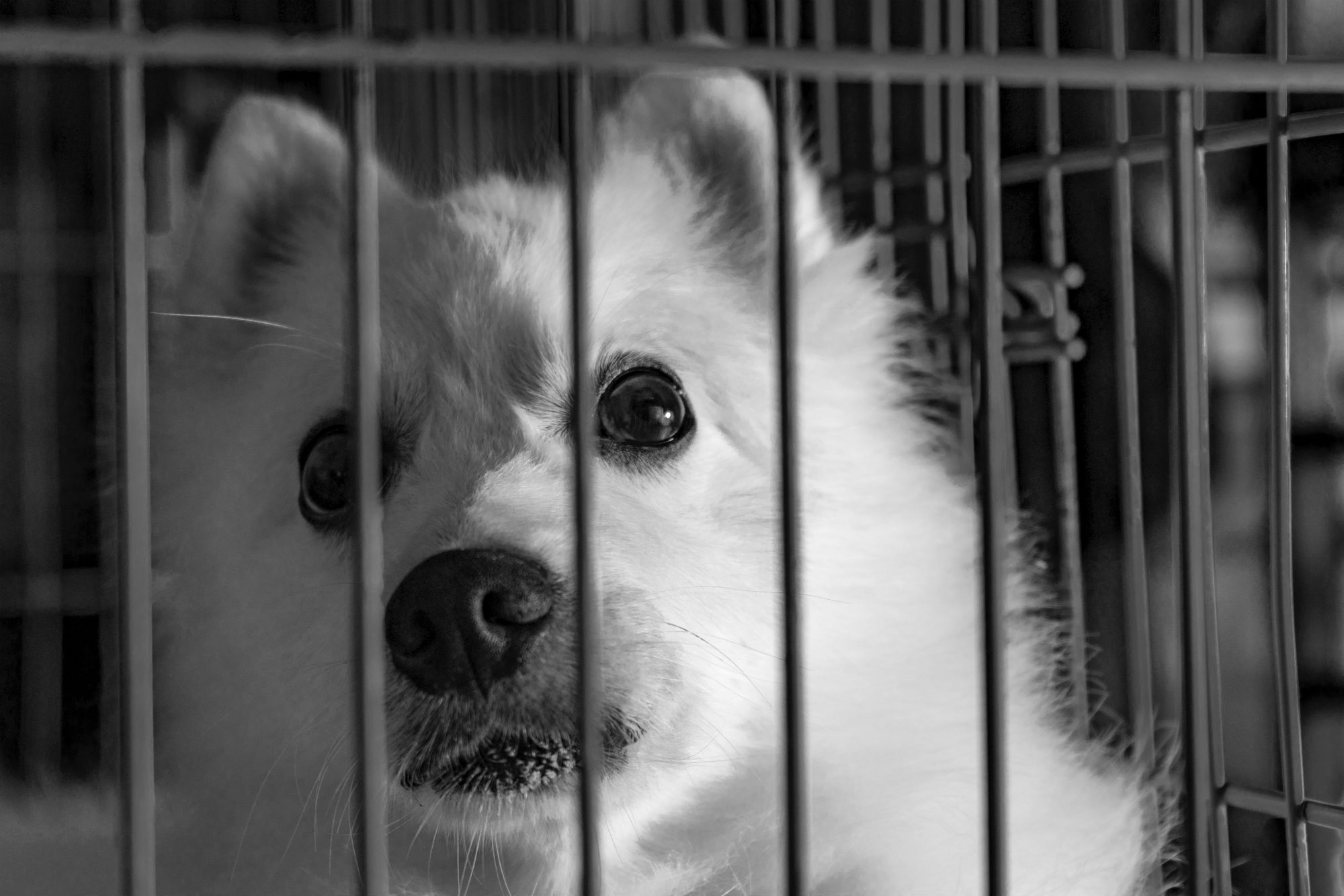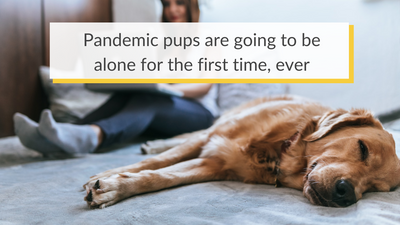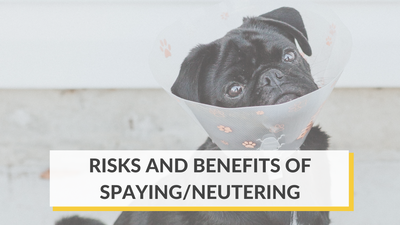So, you're bringing home a new dog. This is sure to be an exciting time for you and your family as you discover all the joys a furbaby brings. However, with great dogs comes the great responsibility of training. Whether you have a new puppy or a pooch that's a bit older, you'll need to show them the ropes. One excellent method to employ is crate training.
Train Your Dog to Love Their Crate
Many people shy away from crate training because they feel that it's cruel. After all, it does appear that you're locking your pup up in a cage. But that's not how your dog will feel about it if you crate train them properly. For thousands of years, the ancestors of dogs sought out small, cozy dens to rest in. These enclosed spaces helped them feel safe and protected. And if all turns out well, by the time your crate training is complete, your dog will feel that same sense of security.

On top of that, crate training has other benefits for both pets and their parents:
- Allows you to transport your dog safely
- Prevents them from getting into mischief when you're not home
- Reduces anxiety by giving them a space to call their own
- Gives puppies and small dogs a small place to rest in a large, overwhelming house
But before you begin crate training your pup, you could probably use a little training yourself. After all, your goal is to give your dog or puppy a positive association with their crate. For that reason, here are the Do's and Don'ts of crate training.
The Do's of Crate Training
Here's what you want to do when crate training:- Do Find the Right Sized Crate: Crates should be just large enough for your dog to stand up comfortably and turn around easily. If they're too large, your pup could take a potty break and stay away from it on the other side. If you know your puppy is bound to grow, use crate dividers to ensure it's the proper size.
- Do Allow Your Dog to Get Used to It: This means making it comfortable with blankets and toys. Let them enter with the door remaining open and sniff around. Then feed them their meals in the crate and quietly shut the door behind them. Once they're finished, let them exit and praise them. This will encourage your dog that the crate is a positive space.
- Do Be Patient: All dogs and puppies are different, and it may take them a while to get used to the crate. During this time, don't be anxious or upset. They will need a lot of encouragement and support. So, the more positive you sound, the easier the transition to using the crate will be.
- Do Make Sure Your Pup Is Prepared For Extended Stays in the Crate: The rule of thumb for puppies is that you can leave them in their crate for their age in months plus one hour. However, you may want to take it slow for grown dogs adjusting to crate training. Also, before locking them up for the night or while you're out, make sure they've had a little exercise and gone to the bathroom so they can settle easier.
The Don'ts of Crate Training
When crate training, keep these don'ts in mind:- Don't Use the Crate as a Punishment: The crate should be a place where your dog feels safe and happy. They should associate it with treats, food and security. If you use it as a punishment, your dog will probably start running away when it's time to go in the crate.
- Don't Leave Your Dog in the Crate for Too Long: Many dogs are happy to stay in the crate while you're at the office. But be sure to work up slowly to these extended stays in the crate. You may want to consider coming home on your lunch break to check up on them. Also, be sure they get plenty of bonding time and exercise when you are back.
- Don't Let Your Dog out Because They're Whining: Dogs are smart. If they learn that you will let them out every time they whine, your pooch may use this to their advantage. Instead, wait until they stop before you open the door, even if it's only for a few seconds.

Do Purchase Furbo Dog Camera
It can be sad for both pooch and pawrents when it's time for the human to go to work and the dog to go to their crate. Lessen your separation anxiety with Furbo Dog Camera. This interactive system allows you to keep a watchful eye on your dog and make sure they're enjoying their time in the crate. Especially if you've got a young puppy, you may need to let them out from time to time. Furbo lets you take a peek and see how they're doing. To keep special tabs on your dog, purchase your own Furbo today.












